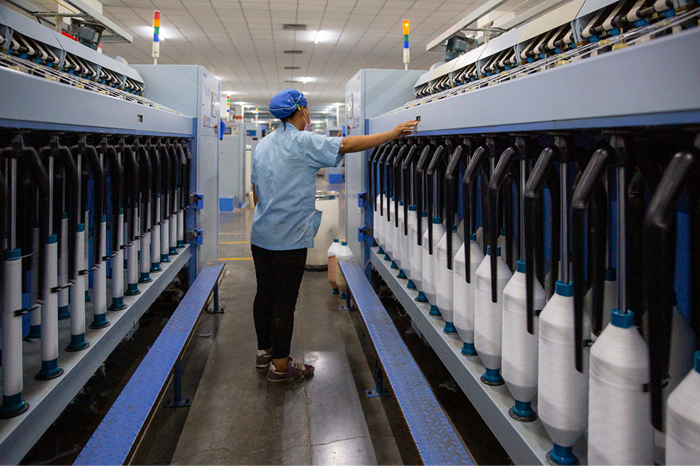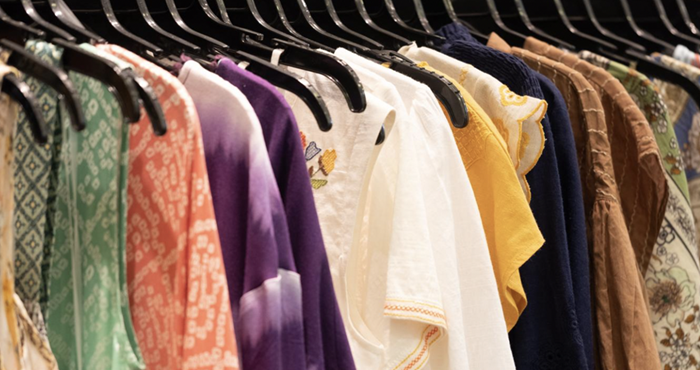
Wazir Advisors April 2025 ‘Apparel trade scenario in key global markets and India’ captures the evolving dynamics of global apparel trade and retail. Data from major supplier and buyer nations points toward a steady recovery in demand, even as underlying economic signals hint at emerging challenges. Here’s a closer look at the key movements in imports, exports, retail sales, and economic sentiment this month.
Apparel imports sees solid growth in major markets
February 2025 brought positive news for apparel imports across key global markets. In the US, apparel imports rose to $6.4 billion, marking a 3 per cent year-on-year (YoY) increase. Though modest, this growth suggests continued resilience in American consumer demand.
The European Union posted a more dramatic surge, with apparel imports soaring 23 per cent YoY to $8.0 billion. Retailers appear to be replenishing inventory aggressively, possibly in anticipation of strong spring and summer sales.
Meanwhile, the UK recorded an impressive 31 per cent YoY jump in apparel imports, reaching $1.7 billion. This sharp increase could be linked to both restocking efforts and a growing consumer appetite, particularly through online channels. Japan, too, showed steady progress, with apparel imports climbing 6 per cent YoY to $1.8 billion.
Exports renewed momentum, led by Vietnam and Bangladesh
March 2025 was a strong month for major apparel exporting nations. China, the world’s leading apparel supplier, reported exports worth $10.9 billion, a 9 per cent increase from the previous year.
Bangladesh continued its upward trajectory, with apparel exports rising 10 per cent YoY to $3.4 billion, consolidating its role as a key sourcing destination for global brands.
In a standout performance, Vietnam posted a remarkable 20 per cent YoY increase in exports, reaching $2.4 billion. The country's consistent investment in manufacturing capabilities and diversification strategies appears to be paying off.
On the other hand, India’s apparel exports remained flat at $ 1.5 billion, showing no year-on-year change. While stable, India's performance highlights the need for greater competitiveness and agility in responding to global demand patterns.
Retail sales show steady gains
Retail sales data for March 2025 reflect moderate but steady growth across major markets. In the US, apparel store sales were estimated to be 2 per cent higher than in March 2024. Home furnishing stores outpaced apparel slightly, with 4 per cent growth year-on-year. The data suggests a cautiously optimistic consumer environment, although it is tempered by broader economic concerns.
The UK also reported positive trends. Apparel store sales totalled £4.3 billion in March 2025, a 2 per cent rise compared to the same month a year earlier. More notably, online sales of clothing surged by 14 per cent in the first quarter of 2025 compared to Q1 2024, underlining the continued migration of shoppers to digital platforms.
In India, apparel retail sales grew by 4 per cent in February 2025 over the previous year. This stable growth indicates sustained consumer confidence and a resilient domestic market.
US macroeconomic indicators a mixed picture
Despite steady retail performance, broader economic indicators from the US reveal growing consumer unease. Inflation eased to 2.4 per cent in March 2025, providing some relief to households and boosting disposable income. However, the improvement in inflation was overshadowed by a noticeable decline in consumer confidence.
The consumer confidence index dropped sharply to 92.9, down from 102.7 in February. The decline reflects growing uncertainty about economic prospects, potentially linked to job market concerns, geopolitical tensions, or interest rate volatility.
This juxtaposition — cooling inflation but falling consumer confidence — suggests that while consumers currently have slightly more spending power, they are becoming more cautious with their expenditures, a trend that could influence apparel demand in the months ahead.












